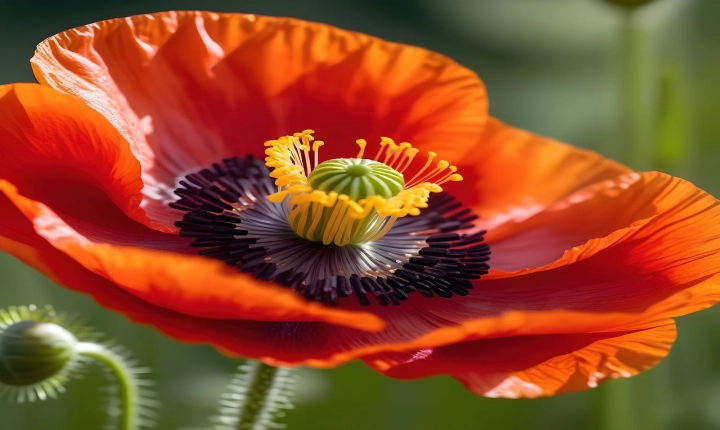AI Portrait: A Revolution in Digital Art
As technology continues to evolve at an unprecedented rate, the boundaries between art and artificial intelligence are becoming increasingly blurred. One of the most fascinating developments in this field is the emergence of AI-generated portraits, which have garnered widespread attention for their stunning and distinctly eerie aesthetic.
So, how does an AI portrait work, and what sets it apart from traditional portraiture?
At its core, an AI portrait is created through the use of complex algorithms and deep learning techniques. The process begins with the input of a large dataset of images, which the AI system uses to learn and understand different visual elements, such as facial features, expressions, and the overall composition of a human face. This training phase allows the AI to develop a deep understanding of the nuances and subtleties that make each portrait unique.
Once the AI has been sufficiently trained, it is capable of generating entirely new portraits based on the patterns and knowledge it has acquired. These AI-generated portraits often exhibit a surreal and dreamlike quality, as they tend to blend and distort features in ways that are not typically seen in traditional portraiture. This can result in images that are both captivating and unsettling, often leaving viewers mesmerized by the otherworldly beauty of the AI’s creations.
One of the key advantages of AI-generated portraits is the speed at which they can be produced. While a human artist may take hours, days, or even weeks to complete a single portrait, an AI system can churn out multiple images in a fraction of the time. This rapid turnaround allows for a level of creativity and exploration that would be difficult to achieve through traditional means.
Moreover, AI-generated portraits have the potential to democratize the world of art by making it more accessible to a wider audience. Whether it’s through digital downloads or printed reproductions, AI-generated portraits can be shared and appreciated by people all over the world, breaking down geographical and cultural barriers in the process.
However, the rise of AI-generated portraits has also sparked a debate about the nature of creativity and the role of the artist in the digital age. Critics argue that AI-generated art lacks the emotional depth and human touch that are inherent in traditional art forms. They express concerns about the potential devaluation of artistic skill and the commodification of creativity in a world where machines are increasingly taking on creative tasks.
On the other hand, proponents of AI-generated art contend that it represents a new frontier in artistic expression, one that challenges our preconceived notions of what constitutes art and creativity. They argue that AI-generated portraits open up new possibilities for experimentation and innovation, pushing the boundaries of what is considered visually compelling and thought-provoking.
In conclusion, the advent of AI-generated portraits represents a significant evolution in the realm of digital art. As AI systems continue to advance, we can expect to see even more groundbreaking developments in this field, blurring the lines between human creativity and technological innovation. Whether viewed as a threat to traditional art or a gateway to new forms of artistic expression, AI-generated portraits have undoubtedly left an indelible mark on the world of visual culture, paving the way for a future where machines and humans collaborate in the creation of captivating and intriguing artworks.
